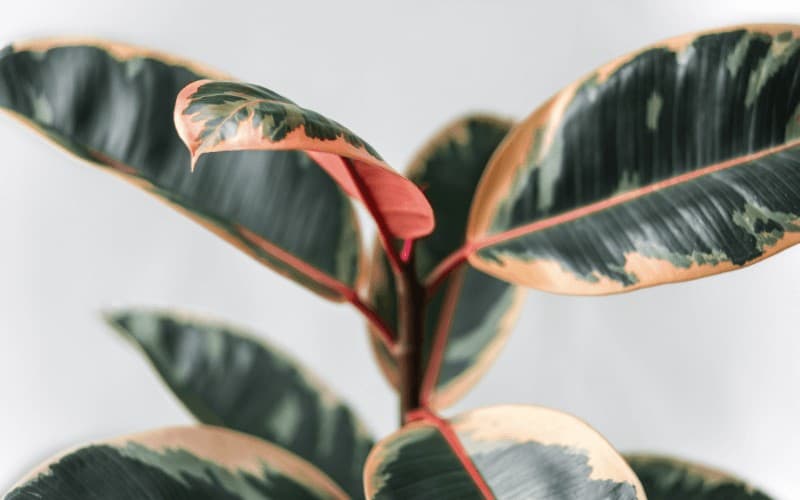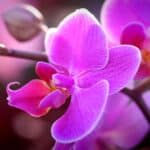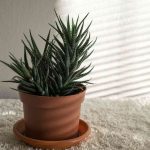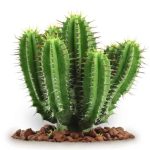Will rubber tree leaves grow back? Yes, rubber tree grows new leaves every 3 to 4 weeks if the plant is healthy.
It's worth noting that rubber plants have no leaves on their lower part. Under poor lighting conditions, their growth is really slow. So it would be best if you placed it outside in more conducive lighting conditions.
They require dazzling light for optimum growth; however, do not place them in a sunny spot as this can damage your plants' leaves. As a result, they will grow fast and possess shallow roots.
In today's post, we're going to find out why rubber tree leaves sheds and if they'll ever grow back.
Table of Contents
Will Rubber Tree Leaves Grow Back?
Yes, rubber tree leaves grows back. But rubber plants do not regrow leaves from their lower parts, only from the top. As a result, their beautifully oval-shaped leaves do not recover because healthy fresh growth can replace them.
Good news, right? When you shear on top of a stem enation, this causes new offshoots of branches just underneath the slash.
Keeping the plants outdoors during the summer will help them grow well. However, if you put the plants in small pots, it will restrict their growth, but that's okay if you want to keep them smaller.
But if you want them to be larger like trees, you can keep them out, and they will grow to very impressive heights.
Be assured that for this evergreen plant, shedding its leaves are normal. They shed them when their location changes or when weather changes occur, sensitive, right?
The new leaves grown at the top of the plant are in a sheath. When the new leaves are out of their sheath, the sheath also falls off the plant. Sometimes, when a leaf opens, you can find another sheath with a leaf inside.
So avoid worrying so much when your rubber plant sheds its leaves because when you do the right things, beautiful green leaves will pop right out of the top of the plants.
Why is Rubber Plant Shedding its Leaves?

Also called ficus Elastica, rubber plants dislike freezing temperature, so when the temperature is too low, do not expose the plant as this can cause it to drop a leaf. You don't want that.
This beautiful plant also dislikes extremely low lights. They drop their leaves and get scanty, so ensure you place it by a sunny window, not extremely sunny, though. As I mentioned earlier, you do not want to scorch their leaves.
Applying too much fertilizer can tax the soil stressing the plant's roots, which will cause a leaf loss. Instead, fertilize your plant during the growing season. These plants do better in environments with less air moisture.
How to Prevent Rubber Plant Leaves From Shedding
- Water correctly; remember not to water excessively.
- Ensure the sunlight your plant is receiving is not too little or too much.
- Examine your plant properly and ensure your plant is pest-free.
- Don't forget to ensure your plant leaves are healthier when they are dust-free. So clean the leaves with room temperature water.
Remember, new leaves will only grow from a pruned stem, not from the bare branches.
Rubber plants are poisonous to both pets and humans; they have a milky sap that can cause skin irritation when it stays too long on the skin or when it gets into minor cuts; this sap could also cause intestinal issues.
So be careful with the plant, and if you get any on you, ensure you wash it off afterwards, and you shouldn’t have any issues. Please be sure to keep your pets away from the plant too.
Conclusion
Please don't be too frightened when you notice your rubber plant shedding its leaves. Recall the shedding will stop, and your tree will grow you some beautiful new leaves that will cause your neighbors to envy.
I recommend you avoid disturbing your plant-strong as they look; they dislike being disturbed, and a simple move such as moving it outdoors in summer and returning it to the last spot can cause a leaf loss.
Though a very healthy plant can resist certain diseases and insect infestation, apply 70% isopropyl alcohol and treatment. Do not forget to look under its leaves and examine the plant regularly to keep it healthy.




